The Future of Exterior Design: Why Composite Cladding is Revolutionizing Building Aesthetics
The architectural landscape is undergoing a significant transformation, driven largely by innovative materials that enhance both functionality and aesthetic appeal. Among these, composite cladding has emerged as a game changer for exterior design. According to a report by MarketsandMarkets, the global composite cladding market is projected to reach USD 25.45 billion by 2026, growing at a CAGR of 8.9% from 2021. This surge is attributed to the increasing demand for lightweight yet durable materials that not only improve thermal insulation but also offer design flexibility. Composite cladding allows architects and builders to create visually striking façades that stand the test of time while addressing environmental concerns. As sustainable design becomes a priority, composite cladding is not just enhancing building aesthetics, but also revolutionizing industry standards. This article will explore how composite cladding is redefining exterior design and setting new benchmarks in construction and architecture.
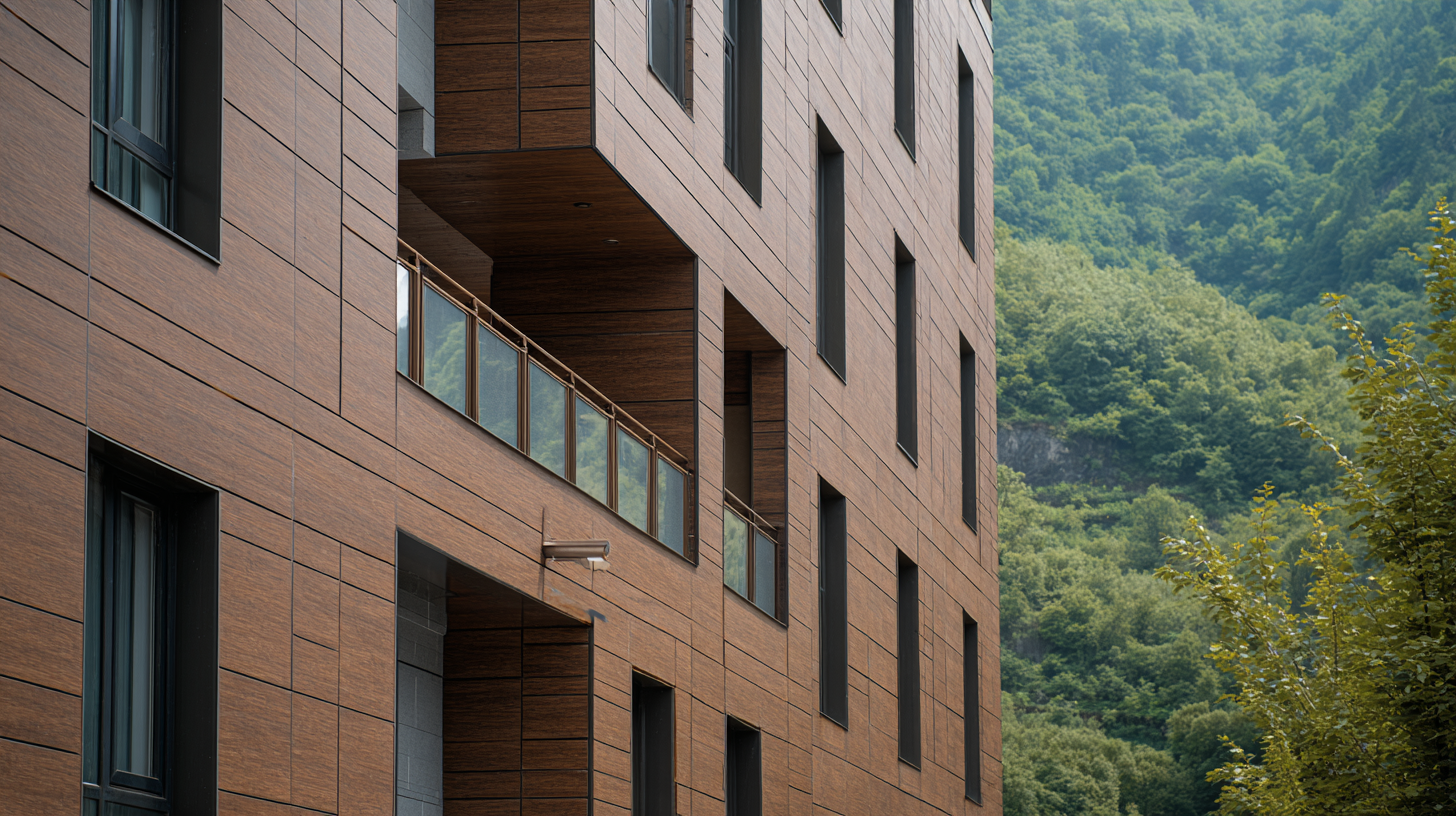
The Rise of Composite Cladding in Modern Architecture
The rise of composite cladding in modern architecture marks a significant shift in how we approach building aesthetics. As architects and designers increasingly search for materials that are both visually appealing and functional, composite cladding has emerged as a popular choice. This innovative material combines different elements, such as wood, plastic, and various composites, to create a highly versatile product that can enhance the beauty of a structure while also offering durability and low maintenance.
Tips for selecting composite cladding include considering the building's overall style and the environment in which it is located. Opt for colors and textures that complement the surrounding landscape, ensuring your design maintains a cohesive look. Additionally, pay attention to the installation process; choosing a reputable contractor with experience in working with composite materials can make a significant difference in the final appearance and longevity of the cladding.
Another key advantage of composite cladding is its environmental impact. Many products are designed with sustainability in mind, utilizing recycled materials and reducing the need for frequent replacement. When choosing composite cladding, look for options that are certified for sustainability, which not only aids in environmental preservation but can also appeal to eco-conscious clients. Embracing composite cladding offers a wealth of design possibilities while contributing towards a more sustainable future in architecture.
The Future of Exterior Design: Why Composite Cladding is Revolutionizing Building Aesthetics
| Aspect | Description | Benefits |
|---|---|---|
| Material Composition | Made from a mix of wood, plastic, and other materials. | Durable and resistant to rotting. |
| Aesthetic Appeal | Available in various colors and textures, mimicking natural materials. | Enhances modern architecture with a sleek look. |
| Maintenance | Requires minimal maintenance compared to traditional wood cladding. | Saves time and costs in the long run. |
| Environmental Impact | Often made from recycled materials and can be recycled after use. | Reduces the carbon footprint of building projects. |
| Installation | Lightweight and easier to install than traditional materials. | Can speed up construction timelines. |
Benefits of Composite Materials for Building Exteriors
Composite materials are transforming the landscape of building exteriors, offering numerous benefits that enhance both aesthetics and functionality. One of the primary advantages of composite cladding is its versatility in design. Available in a variety of textures, colors, and finishes, composite materials allow architects and designers to create striking facades that align with contemporary design trends while maintaining a unique identity for each structure. This flexibility not only empowers creative expression but also helps in meeting specific environmental and performance requirements.
In addition to their design appeal, composite materials are renowned for their durability and low maintenance implications. Unlike traditional materials such as wood or metal, composites resist rot, fading, and weathering, ensuring that a building’s exterior remains attractive over time. Their lightweight nature also contributes to easier installation and reduced structural load, which enhances overall building efficiency. With the ability to provide superior thermal insulation and energy efficiency, composite cladding stands out as a smart choice for sustainable building practices, confirming its role in the future of exterior design.
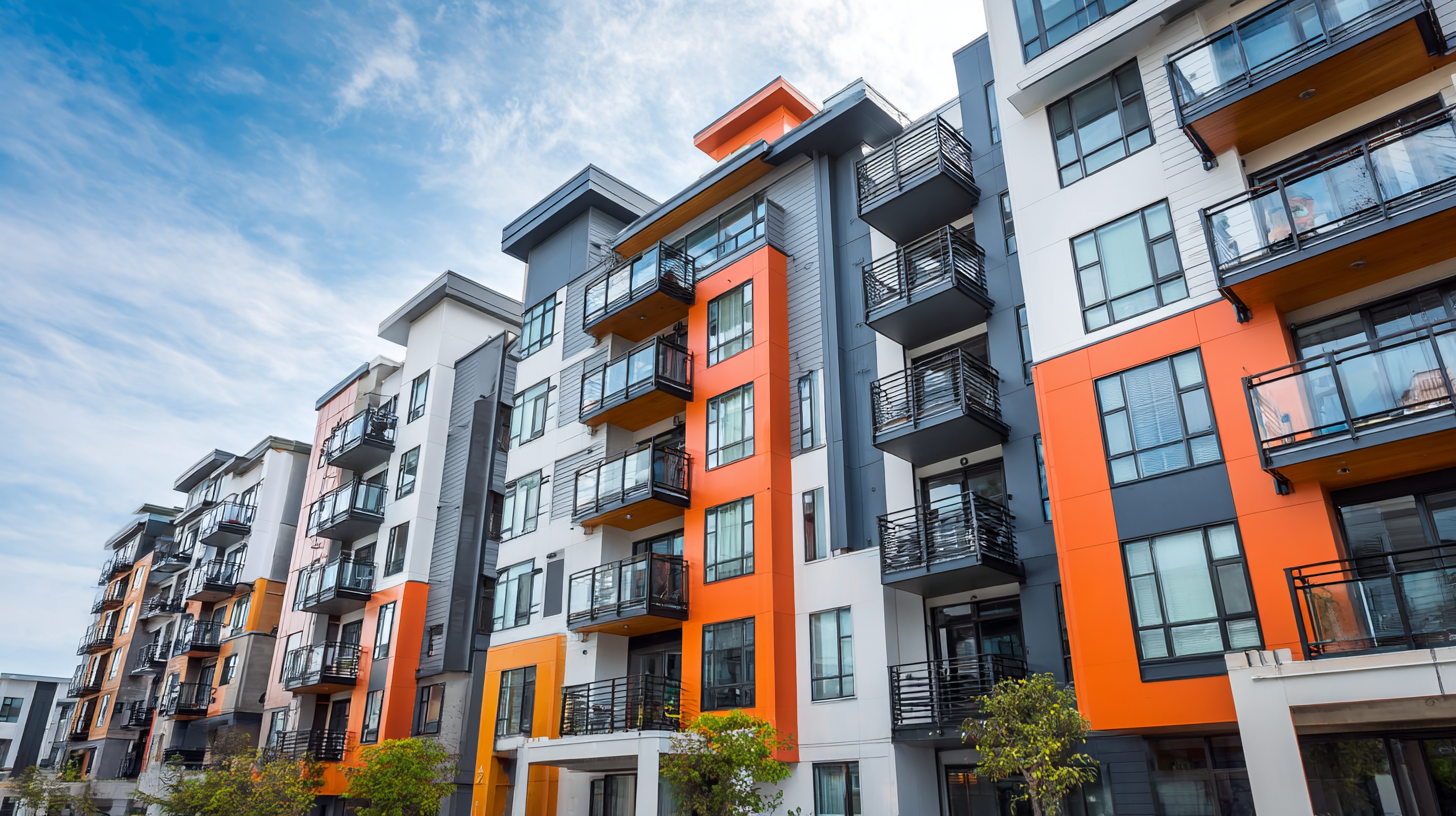
Enhancing Aesthetics: How Composite Cladding Transforms Facades
Composite cladding is redefining the aesthetics of modern architecture, transforming building facades into striking visual statements. According to a recent report by Research and Markets, the global composite cladding market is projected to grow at a CAGR of 6.2% from 2021 to 2026, driven largely by the demand for customizable and sustainable building materials. This trend is evident in the increasing use of composite materials that blend natural and synthetic components, offering architects a palette of colors, textures, and finishes previously unimaginable.
The impact of composite cladding on aesthetics is profound, as it allows for greater design flexibility and creativity. A study by Freedonia Group highlights that over 55% of architects prefer using composite cladding for its ability to mimic the look of traditional materials like wood and stone while providing superior durability and weather resistance. This innovative solution not only enhances the external appearance of structures but also contributes to energy efficiency, offering insulation properties that can decrease overall energy consumption. As such, composite cladding is not merely a trend but a substantial evolution in building design that harmonizes functionality with striking visual appeal.
The Impact of Composite Cladding on Building Aesthetics
Sustainability in Design: The Eco-Friendly Advantages of Composite Cladding
As sustainability becomes a key focus in the building industry, composite cladding emerges as a game-changer in eco-friendly design. Made from a blend of recycled materials and high-performance polymers, composite cladding significantly reduces reliance on natural resources. This innovative material not only minimizes waste but also offers a longer lifespan compared to traditional cladding options, contributing to lower maintenance costs and less frequent replacements. Builders and architects are increasingly choosing composite cladding for its ability to align with sustainable practices while delivering striking visual appeal.
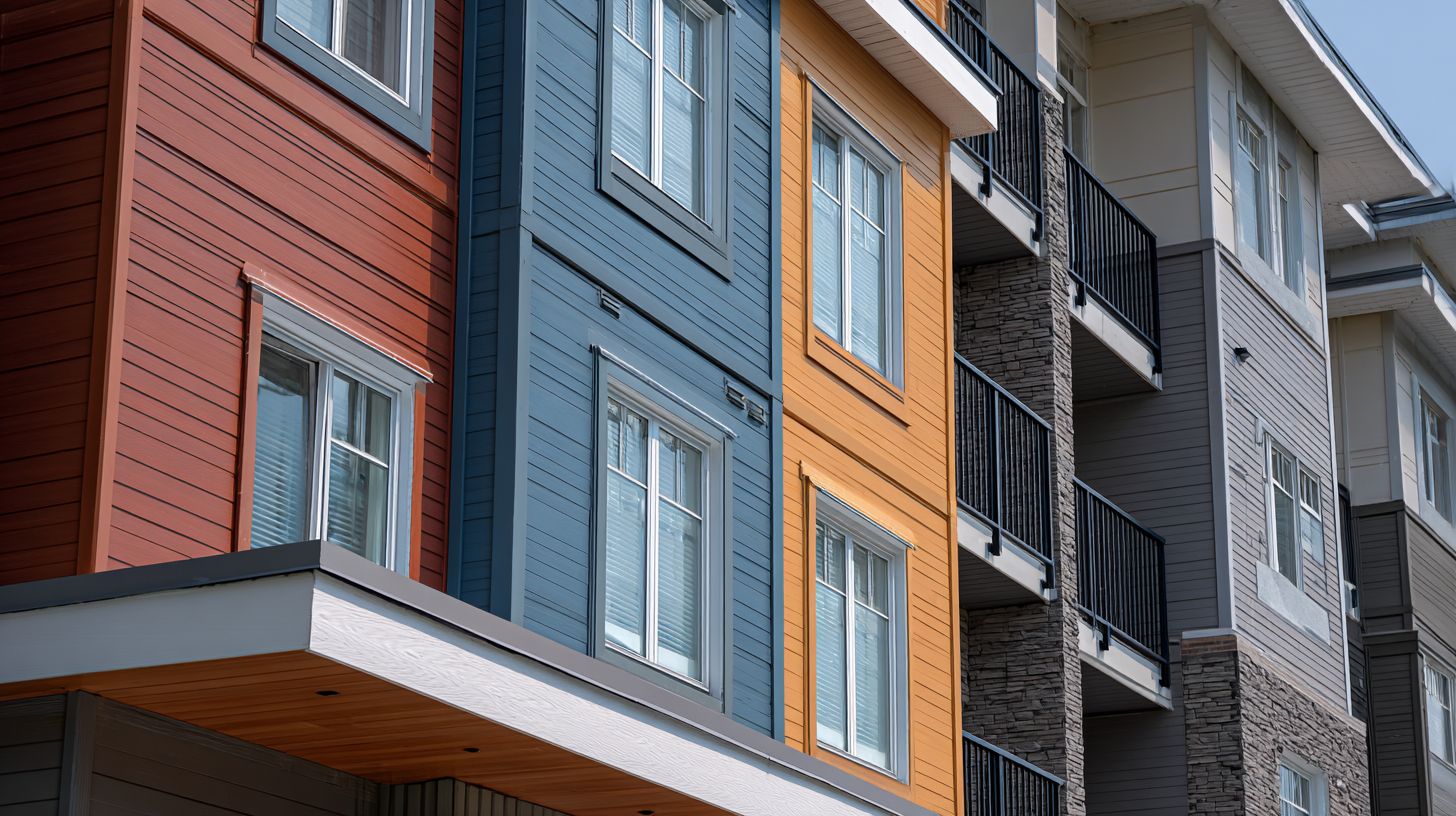
In addition to its durability, composite cladding is designed to withstand various environmental challenges, such as moisture, UV rays, and temperature fluctuations. This resilience translates into reduced energy consumption for heating and cooling, as the material helps maintain consistent internal building temperatures. Furthermore, the manufacturing process of composite materials often incorporates environmentally friendly practices, such as using less energy and producing fewer emissions. By integrating composite cladding into building projects, designers can achieve a harmonious balance between aesthetic innovation and ecological responsibility, paving the way for a more sustainable future in exterior design.
Future Trends: Innovations in Composite Cladding Technology and Design
Composite cladding technology is set to redefine exterior design by integrating innovative materials that enhance both aesthetics and functionality in modern building architecture. Recent advancements have led to cladding solutions that not only mimic the appearance of natural materials but also offer superior durability and environmental resistance. Manufacturers are now utilizing a combination of recycled materials and advanced composites, which results in sustainable cladding options that align with eco-friendly building practices.
In terms of design trends, the versatility of composite cladding allows architects and designers to experiment with a myriad of textures, finishes, and colors. This flexibility enables the creation of unique facades that can be tailored to the specific character of a building or its surroundings. Emerging technologies, such as digital printing and 3D-forming, further expand design possibilities, allowing for intricate patterns and customized designs that were previously unattainable. As composite cladding continues to evolve, it promises to play a pivotal role in shaping the visual narrative of the built environment, blending innovation with aesthetic appeal.
Related Posts
-
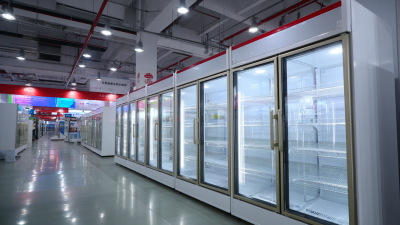
Future of Freezer Panels Industry Highlighted at the 138th China Import and Export Fair in 2025
-
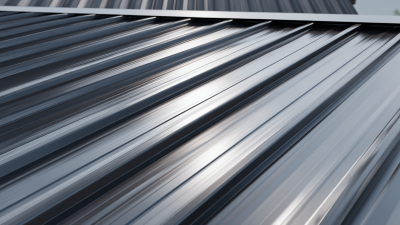
10 Essential Facts About Cladding Sheet You Need to Know
-
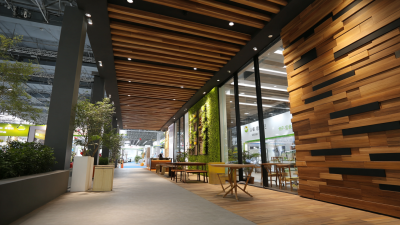
Innovative Composite Wall Cladding Solutions at the 2025 China Import and Export Fair
-
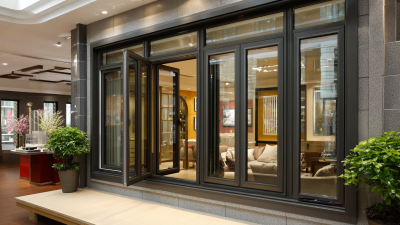
Exploring Composite Windows Market Trends at the 138th Canton Fair 2025 with Key Industry Insights
-
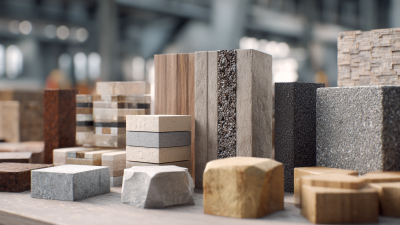
7 Essential Tips for Choosing Building Materials That Meet Industry Standards
-
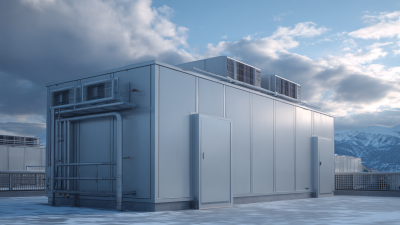
What are Freezer Panels and How Do They Revolutionize Temperature Control